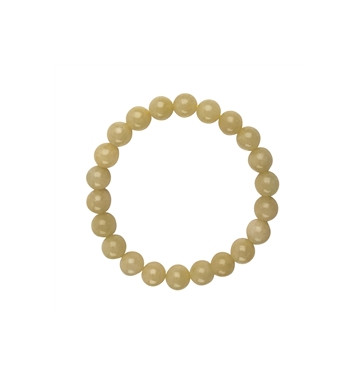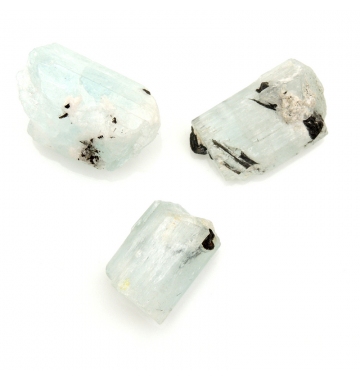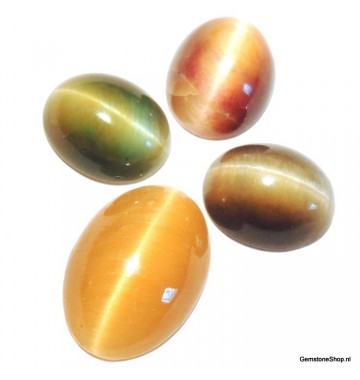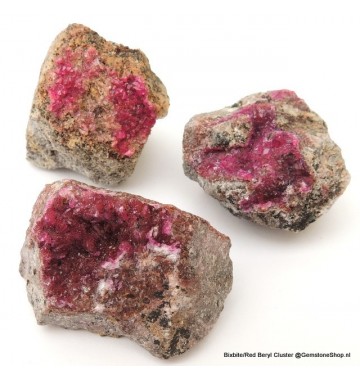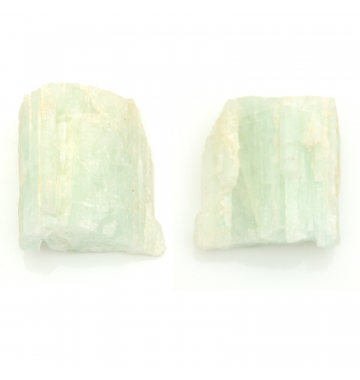- Natural
-
Exquisite Stones
- Unique Carvings
-
Gemstones ABC
-
A
- Strawberry Quartz B
- Abalone
- Actinolite quartz
- Aegirine
- Agate Group
- Ajoite (in Quartz)
- Amazonite
- Amber
- Amethyst
- Ametrine
- Ammolite
- Andalusite
- Andean Opal
- Angelite
- Anyolite
- Apache Tear
- Apatite
- Apophylite
- Aquamarine
- Aragonite
- Astrophylite
- Atlantisite
- Auralite 23
- Aventurine
- Aventurine-Feldspar
- Azurite
- Azurmalachite
- B
-
C
- D - F
- G-H-I
- H - I
- J - K
- L
- M
- N - O
- P - Q
- R
-
S
- Sapphire
- Schörl
- Foam Coral
- Selenite
- Septarian
- Seraphinite
- Serpentine (New Jade)
- Shungite
- Sphalerite
- Emerald
- Smithsonite
- Snow quartz
- Snowflake Obsidian
- Sodalite
- Spectrolite
- Spinel
- Spodumene
- Spodumene, White
- Stibnite
- Stichtite
- Staurolite Fairy Cross
- Star Rose Quartz
- Strawberry Quartz
- Stromatolite
- Sugilite
- Super 7
- Shell
- T - U
-
V - Z
- Hawk's eye
- Vanadinite
- Variscite
- Feldspar Group
- Verdelite, green Tourmaline
- Petrified Wood
- Petrified Coral (Petoskey Stone)
- Vesuvianite
- Fire Opal
- Watermelon Tourmaline
- Wavellite
- White Quartz
- White Selenite
- White spodumene
- Desert Rose
- Starfish
- Zincite
- Zircon
- Zoisite Group
- Aventurine-Feldspar
- Black tourmaline
- Sulphur
- Other Gemstones
-
A
- Gems per Sizes
- Gem Sets
-
Jewelry
- Goud, Zilver & Rvs
- Necklaces
- Pendants
- Bracelets
- Earrings
-
Rings per size
- 3.5 / G
- 4 / H
- 4.5 / J
- 5 / J 1/2
- 5.5 / L
- 5 ¾ / L ½
- 6 / M
- 6.5 / N
- 7 / O
- 7.5 / O ½
- 7.5 / P
- 8 / Q
- 8.5 / Q-Q1/2
- 9 / R 1/2 - S 1/2
- 9 ¼ / S ½
- 9.5 / S 1/2 - T
- 10 / T½
- 10-10.5 / T 1/2 - V
- 10.5 / V
- 11 / V 1/2 - W
- 11 / W
- 12
- 12 / Y
- 12.5 - 13 / Y 1/2 - Z+1
- 13.5 / Z+1 - Z+2
- 13 3/4 - 14 / Z+21/2 - Z+3
- one size fits all
- Stainless Steel
- Without silver
- GemJudith Jewelry
Beryllium
Beryl
The name Beryl comes from India and has always been associated with the gem. Beryl is praised for its transparency, high hardness and beautiful colors with a wide range of tones and shades. Beryl may have originated from the Greek "Beryllos" which in ancient times refer to a number of blue-green stones.
Data:
| Formula: | Be3Al2(Si6O18) |
| Color: | colorless, white, yellow, green, blue, pink, |
| Coloring factors: |
Dark blue (Maxixe and Maxixe type), CO3 (Maxixe type) and NO3 (Maxixe) color centers due to irradiation. |
| Light blue (aquamarine), Fe2 + in the channels of the structure. | |
| Darker blue (aquamarine), Fe2 + -O-Fe3 + interval charge transfer. | |
| Green: yellow + blue, O2 → Fe2 + charge transfer and Fe2 + in the channels. | |
| Green (emerald, mint beryl), Cr3 + and / or V3 + in octahedral coordination. | |
| Red, Mn3 + in octahedral coordination. | |
| Pink (morganite), Mn2 + in octahedral coordination | |
| Gloss: | glass gloss, sub-glass gloss, wax gloss, greasy gloss |
| Hardness: | 7½ - 8 |
| Specific weight: | 2.63 - 2.92 |
| Crystal System: | Hexagonal |
| Transparency: | Transparent, Translucent, Opaque |
| Location: |
Argentina, Brazil Portugal |
The Beryl Group has various colors: Green Beryl is also called Emerald, Blue Beryl is called Aquamarine. All other colored gems are called Edelberyl.
The Beryl Group has its own group with:
Aquamarine - Blue / green variety or beryl.
Blue Beryl (Maxixe) - Deep blue beryl.
Emerald - Deep green variety of a beryl.
Goshenite - Colorless variety or beryl.
Heliodor - Yellow variety of beryl.
Morganite - Pink variety of beryl.
Red Beryl - A red gem variety of beryl, also known as 'bixbite',
Riesling Beryl - A strongly dichroic (pale green / golden yellow) beryl.
Vorobyevite - A cesium-bearing variety of beryl.
Beryl has a Chrysoberyl subgroup with:
Alexandrite - A variety of Chrysoberyl which displays a color change.
Cymophane - Chrysoberyl Cat'e eye.
If in stock you will find below my collection of Raw Gemstones from this group.
Are you looking for cut stones from the Beryl Group, then look at BERYL GROUP
Active filters
-
-
-
-
-
Bixbite (red beryl) cluster
€119.95Natural Red Beryl / Bixbite Crystal beds in Matrix
sizes: see photo's
price (including shipping in NL ) per piece:
Last items in stock -
-
-
-
-

